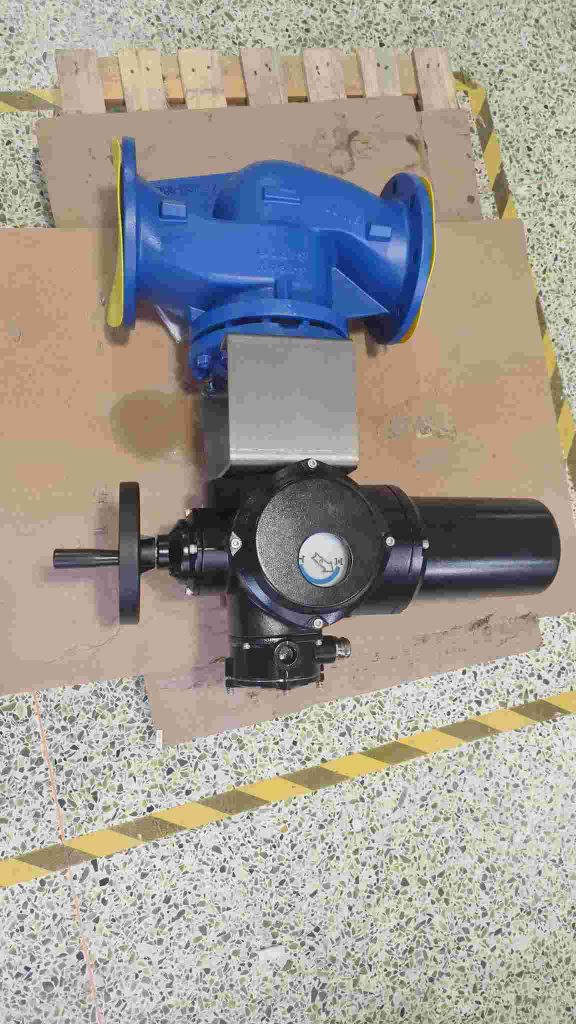Electric globe valves are essential components in a wide range of fluid control applications. These valves are designed to regulate the flow of liquids, gases, or steam in industrial and commercial systems. The integration of electric actuators into globe valves has made them a popular choice for automation, enhancing the precision, reliability, and efficiency of fluid management. In this article, we will explore the features, working principle, benefits, and applications of electric globe valves, providing a comprehensive understanding of why they are favored in modern industrial setups.

What is an Electric Globe Valve?

An electric globe valve is a type of control valve that uses an electric actuator to regulate the flow of fluid through a pipeline. The valve features a spherical body with an internal baffle (or globe), which controls the flow by adjusting the position of a plug relative to a seat. This design allows for precise control of fluid flow, making it ideal for applications requiring accurate regulation. The electric actuator drives the movement of the plug, ensuring that the valve can open, close, or modulate with high precision based on the system’s requirements. Working Principle of Electric Globe Valves
